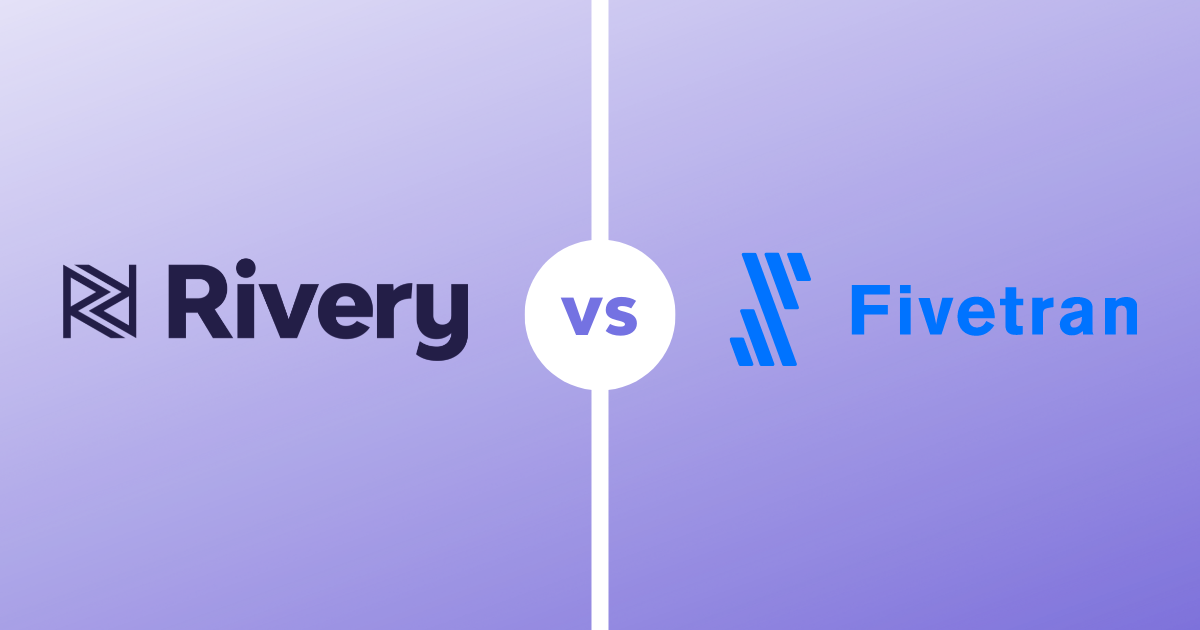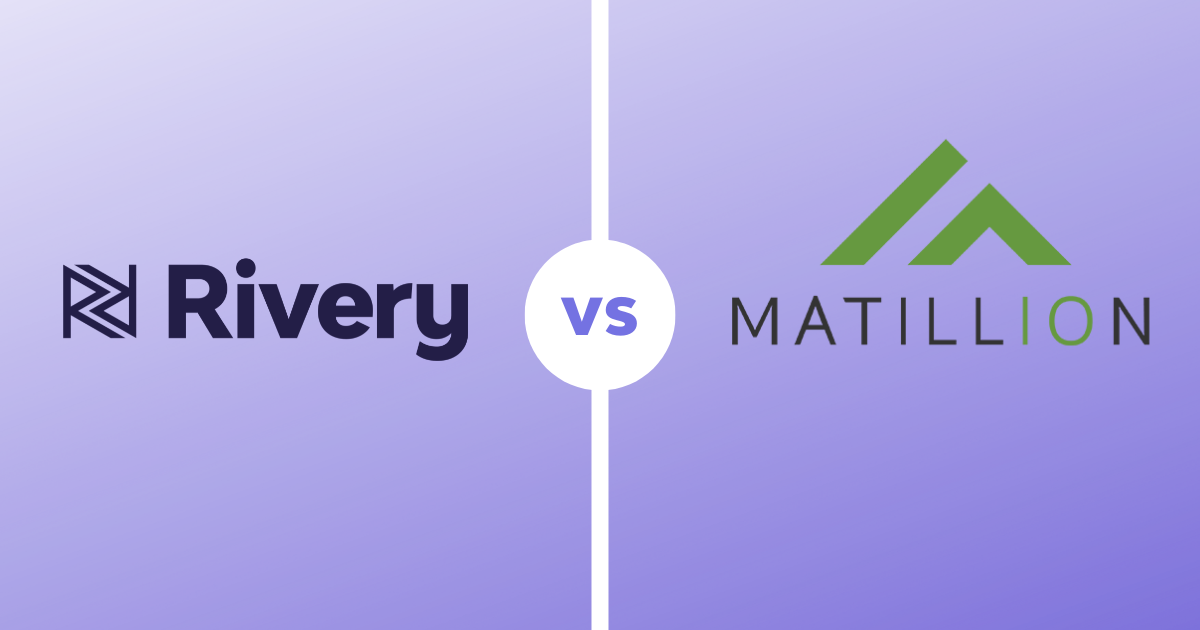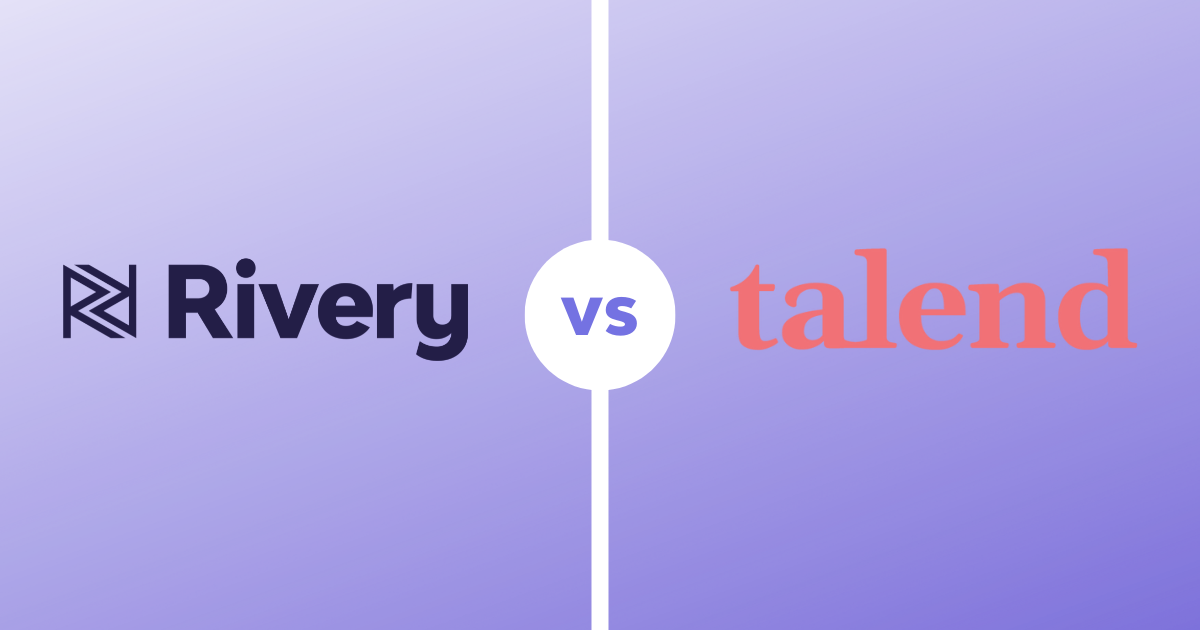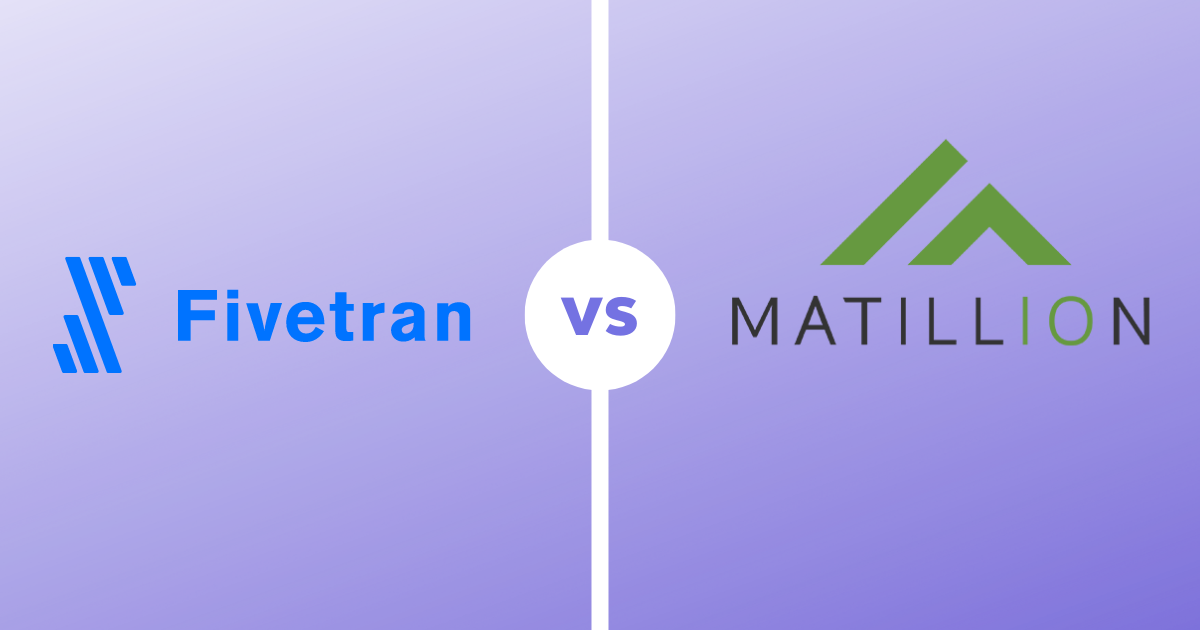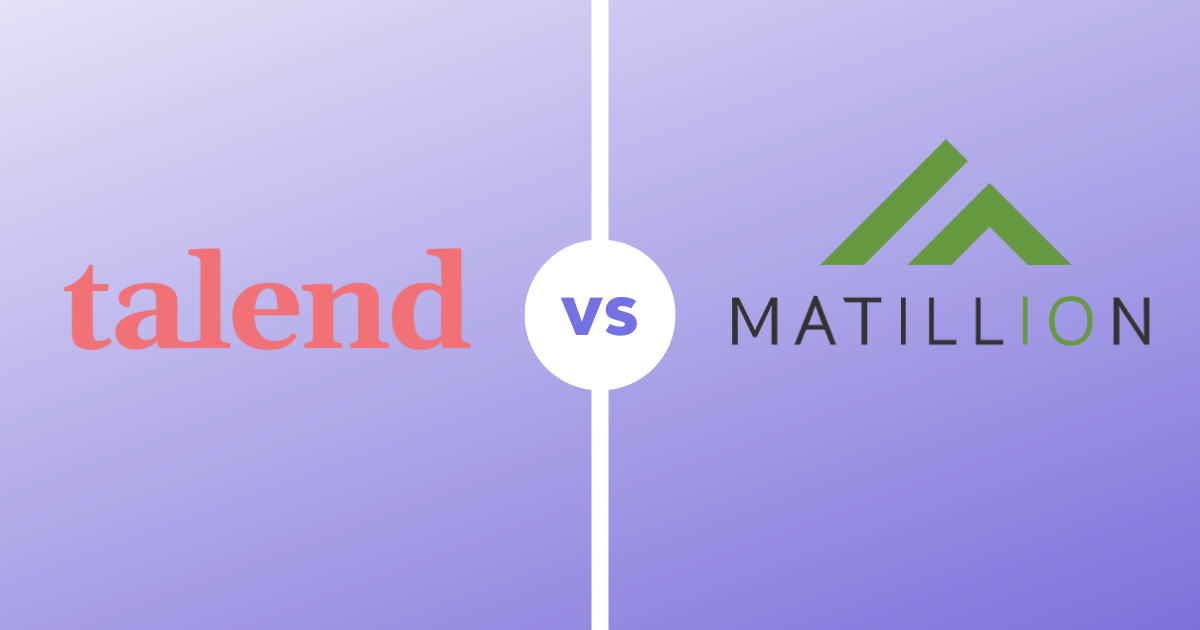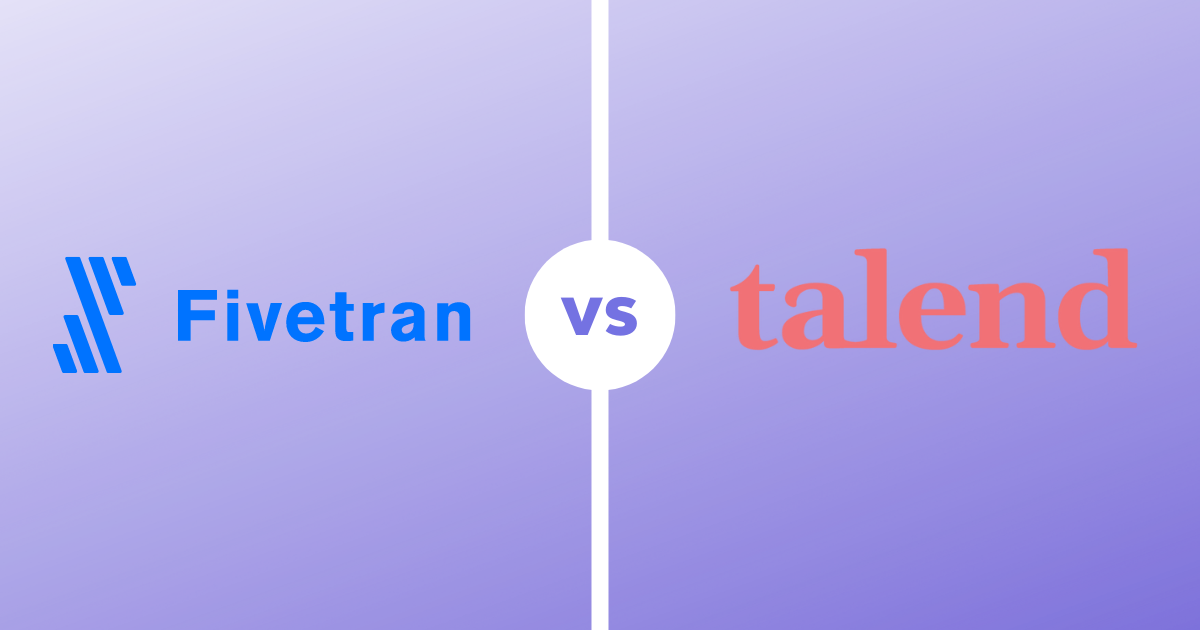- Product
- Solutions
Compare ETL / ELT Tools
There are plenty of ETL tools in the market, that’s why making an ETL tool comparison is essential. Finding the right ETL tool is all about whether it fits in with your budget, data processing requirements and overall business needs.Compare ETL Tools
To make a solid data integration tool comparison or an ETL tool comparison, you need to focus on these capabilities:
- Extraction: When comparing ETL tools, a key feature to consider is whether it’s capable of extracting structured and unstructured data from sources and whether it’s scalable
- Loading: Similar to extraction is the ETL tool’s ability to transform and load the data onto data warehouses and whether or not it’s capable of changing the data format
- Automation: Some ETL tools have more automated data processes than others. The best ones reduce processing costs and increase workflow
What Are ETL Tools?
ETL stands for extract, transform, and load. ETL tools are used to extract data from different sources and load them onto data warehouses. During this process, the data is cleansed, repaired, or discarded and is transformed into the desired format for analysis and use.
Why Use ETL Tools?
There are many advantages to using ETL tools, including efficient data management, plus reduction in costs and resources. Here are the key benefits:
- Scalability: As the volume and velocity of your data increases, a robust enough ETL tool will handle your exact business needs.
- Cost-effective: Building your own ETL tool comes with a huge price tag and might lead to unlimited maintenance. A no-code or custom-code ETL tool is easily customizable, helping to dramatically reduce time and costs.
- Efficiency: The less maintenance and manual coding the ETL tool requires, the smoother the day-to-day operations will be.
Types of ETL Tools
ETL tools vary in whether they’re cloud-based, on-prem, custom-code, open-source, enterprise-grade, their number of integrations, APIs and more. To help you on your journey to finding the right ETL tool, we’ve done the research with a comparison list of ETL tools.
Easily Solve Your Most Complex Data Challenges
No Credit Card Required.

